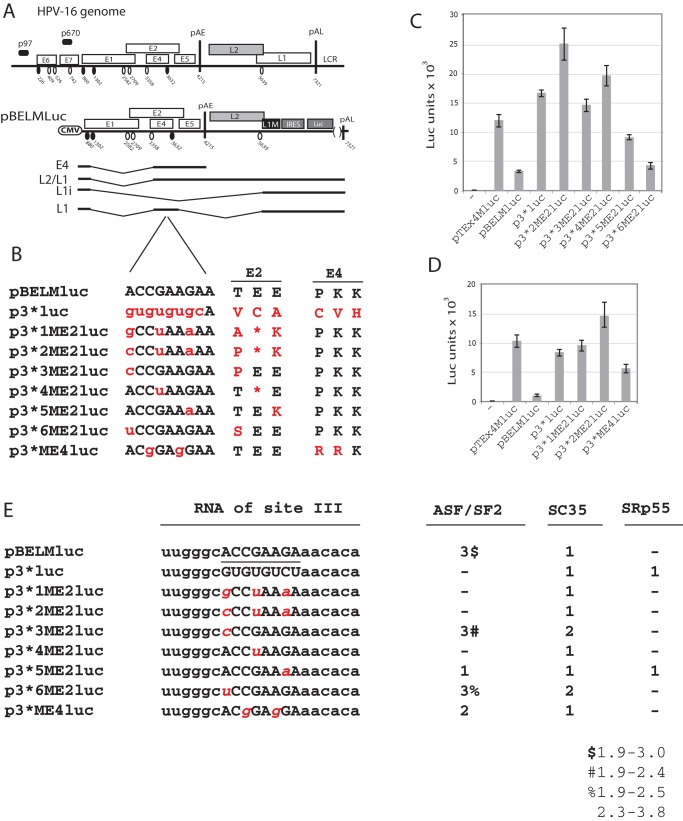Figure 4. Identification of single nucleotide substitutions that interfere with the activity of the HPV-16 splicing enhancer at SA3358.
(A). Schematic representation of the HPV-16 genome andsubgenomic HPV-16 expression plasmids. The early and late viral promoters p97 and p670 are indicated. Numbers indicate nucleotide positions of 5′- (filled circles) and 3′-splice sites (open circles) or the early and late poly (A) sites pAE and pAL, respectively, and the borders of deletions. L1M represents a previously described mutant HPV-16 L1 sequence in which a number of nucleotide substitutions that inactivate splicing silencers have been inserted downstream of SA5639. IRES, the poliovirus internal ribosome entry site sequence; luc, luciferase reporter gene; CMV, human cytomegalovirus immediate early promoter; LCR, long control region. mRNAs produced by the plasmids are indicated. (B) Sequences below plasmid maps represent wild type HPV-16 ASF/SF2 site III (capitals, black) and nucleotide substitutions (lower case, red) in the various plasmids indicated to the left.The effects of the nucleotide substitutions on the E2 and E4 protein sequences are indicated to the right. (C, D) Luciferase enzyme activity (Luc) produced in HeLa cells transfected with the indicated plasmids monitored as described in Materials and Methods. Mean values and standard deviations are shown. (E) Number and quality of binding sites of ASF/SF2, SC35 and SRp55 in the wild type and mutant sequences shown in (B) predicted by ESE finder.

